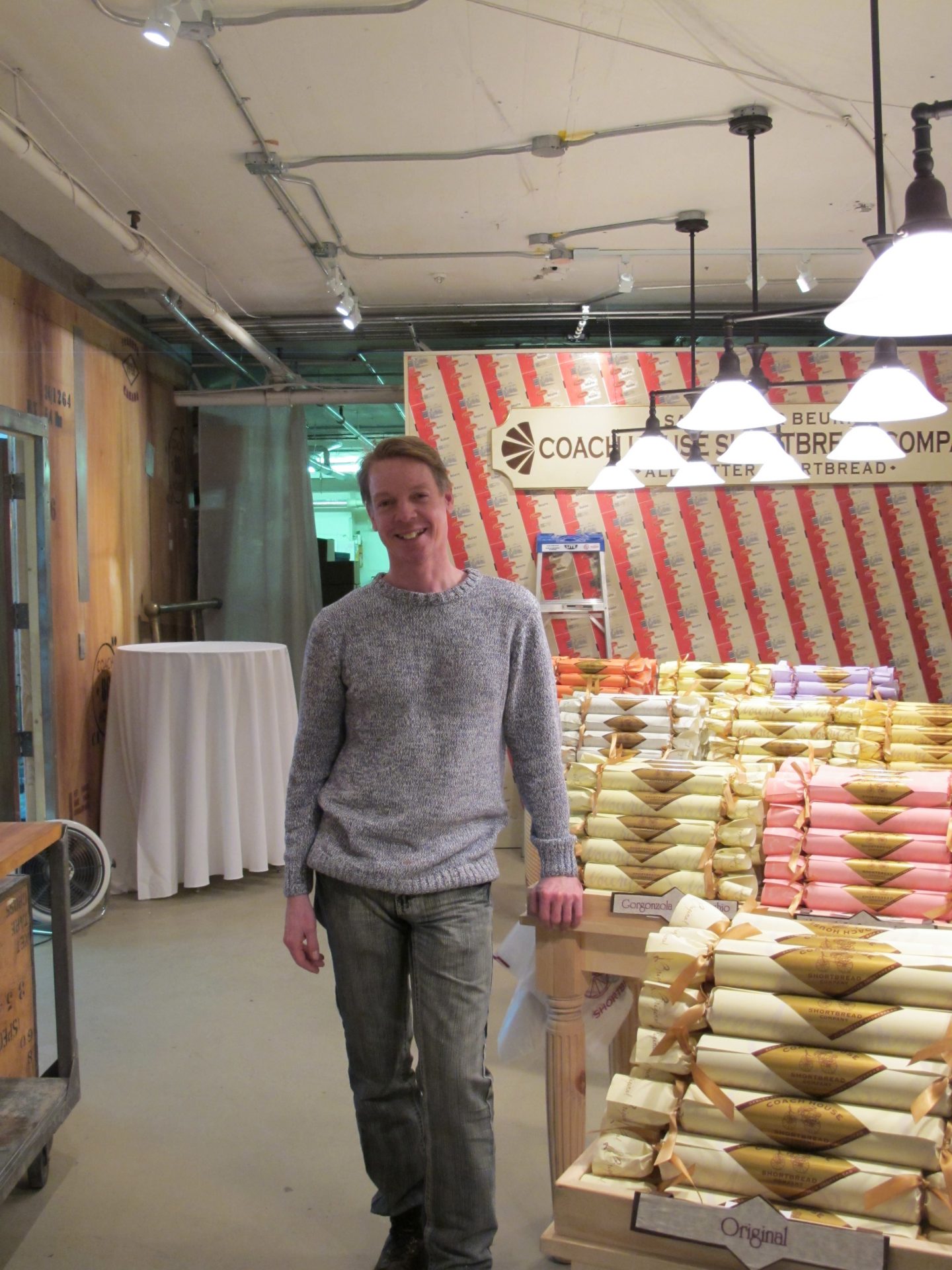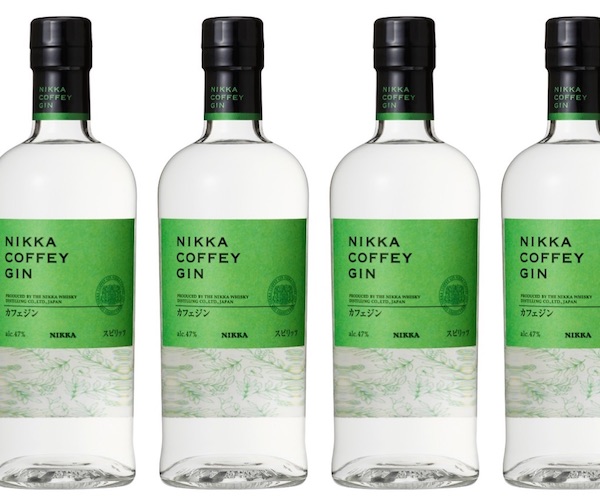by Anthony Wing
This is the second piece in a series on oysters and shucking. Click here to read the first piece, Anthony Wing’s Oyster Thing. – Ed.
Once you’ve learned to shuck, everything else is a struggle to get over what you may never know. Either that or you’re on your way to engage in that struggle. And each moment of illumination on your journey is no more than the inheritance of a safe deposit box with the wrong key.
When I observe a shucker working up close, I will see both a fresh idea with which to experiment on my own and an egregious technical flaw to shore up my sense of precedence. Both are often revealed in the act of shucking a single oyster and both are kept quietly to myself.
No one learns anything at shucking competitions. The only person talking about oysters is the emcee. But learning will often resume the next day, as when participants learn what may or may not have transpired after they drank to blackout.
Punk rock happened, but the counterfeit will condition and redefine the genuine decades after the fact: the one thing far worse than those possessed of no punk rock understanding are the falsehearted who claim to be of it, with it or motivated by it who are but Neither and Nor at the gates of Never You Mind. With frauds today forever pulling our focus, it is useful to remember that the original Rodney’s Oyster House was punk rock, the real-seal deal, bivalve Situationism cup side down. Like Mao waiting till the last possible moment to enter the cities, the oyster shift in Canada suddenly seemed inevitable, inexorable and hip to drip to boot. And like the punk rock movement, it disappeared long before the move to King and Spadina. Those present at the beginning understand today that autumnal ideas can’t be loaded onto flatbeds.
Questions. When you visit an oyster bar, don’t ask the celebrant if he’s ever “stabbed” himself. I shucked first in 1998 and once visited hospitals and clinics with well-nigh supermarket frequency. Better to ask a bullfighter if he ever feels threatened or a lifeguard if his job involves swimming. The only interesting injury stories tend to involve extraneous circumstance and love of craft. I once tore up my hand at a TIFF party in Toronto and was stitched at a Montreal hospital later the same night. Impalement occurred once in Calgary a few years later, but I waited to inspect the plate before it went to the table and tried to sneak out of the hospital to finish the evening because I wanted desperately to check if the oysters were stored properly. The injury itself is just not that interesting to us, so please know the answer, if proffered, will always be in the affirmative.
If you’re close to the action at an oyster bar, watch someone ask a question of the shucker directly. If the shucker does not look up to answer, it’s at least honest. But if the inquisitor is met with eye contact and the knife suspends work, he or she is making it up on the spot. Rapid obscurantist memory retrieval to be sure, but the improvisation is not necessarily without honesty.
I never order oysters in restaurants. Unless, say, you’re an Oyster Guy working for the Oyster Boy, I’ll just order Guinness and stir-test the sauces with an espresso spoon, celebration deferred, reflex anhedonia, a view from another bridge above an estuary. I already said we’re freaks, so no offense.
The owner of what was Canada’s most successful pub at the time asked me to shuck oysters for free. “What’s wrong with that? I’ll pay if you like, but I’ll get my dishwasher to watch you and just hire him to do it next time.” And he was right, he could have done that. The approach is not unusual. You could also hire a stagehand to wave his arms in front of a symphony orchestra for 90 minutes to a sold-out house with no rehearsals. But it remains a pervasive unbelief across the country, as agents of mobilized ignorance do their best to crab the rough evolution of bivalve celebration like host-jumping pathogens. This is another reason why we are the musicians of the food industry, performing onstage between kitchen and floor, Canada’s lost soloists. And the pub never did do oysters. I saw the owner a year later and he made an identical offer.
Chefs who remain curious and fascinated, who still wake up thinking about food – these are the ones who work best with oysters and oyster shuckers. This includes industry leaders: Stadtlander, Noble, Rogalski, Hawksworth, Allemeier, Rubino and others – they think about oysters and ask questions. Chefs who avoid oyster people are either oppressed by the freight of intimidation and ego or just sick and tired of the passionless frat-house atmosphere of some of Canada’s leading oyster bars. The best and worst thing about oysters is that you can present them any way you like, there being a place for them in any situation; so eventually it becomes difficult to believe there could exist shuckers who understand the best ideas of both kitchen and bar and can work and consult in a fine or molecular or offbeat dining establishment. But we do exist. There aren’t that many of us, but we exist. We have to.
I’ve worked with and experienced great food across Canada, a lot of it provided by chefs who understand love’s collision with technique and are first at the scene of the accident. And somehow I’ve never enjoyed the collision as much as today at Union. I know there must be food out there providing a similar zip and kazang, but I haven’t been there yet. Teo Paul’s trajectory of Grey County, Eigensinn, Paris, Alba and a return to a Grey County locavore menu seems to have landed in a place where oysters needed to come through the door. In the narrow confines near the dining room mural, one feels on the lucky side of the savannah and in reunion with the provenance of the dinner experience. And I get to celebrate the oyster there. It’s positively shameful.
Questions. What is your favourite oyster? Farming has been a worthwhile racket since the early 19th century discovery that humans could cultivate at least as good an oyster as nature could provide. And everyone in the racket has their systems of tweaks and tactics shifting with tides. So favourites become a regenerate thing. I know what mine is, but it’s a memory of what the oyster once was, not what I would experience today.
If you choose this path, remember it’s not about you and not about your knife. A lot of people on both sides don’t get that yet, but maybe they will.
The first knife you use should be the one lying closest to where you begin. If it’s the same knife used by the person demonstrating the technique to you, all the better. The first knife you purchase should be the one you lift off the counter that says to you “TAKE ME, I’m yours, let’s do it, let’s fall in love.” Would you buy a guitar you don’t first take down from the display and hold? Grip, swing, spend a few moments alone together. Your blade should already be in open tuning before you walk out with it. DO NOT ask for a recommendation. Look at every different oyster knife in the store and squeeze ‘em all. When I tap my machine on the oyster, it should sound like Moonlight Mile crossed with Call Letter Blues, but your mileage will vary.
No. Cocktail. Sauce. Ever.
Questions again. Ask your shucker the difference between east and west, for it is a fair and monumental question. You are asking for differentiation between the two principal edible species of the world, virginicas and gigas: the salty silt-silky eastern seaboard natchathon vs the heroic Pacific transplant success story, uniform freshness vs fantastic voyage of shifting flavours, Bannister and Landy, Frazier and Ali. Get the facts and listen for music in the response. If there’s no rhythm, go with your gut. The shucker just needs more time with the product.
Remember also that going with your gut does not necessarily mean going for Malpeques. Snowmobiles and Ski-Doos are not the same thing. For an oyster bar menu I once wrote a descriptor for the Malpeque: “The 70s rock radio of oysters: a once- dominant force now faded to a briny respectability”, but it did not make it onto the floor. Soon enough there will be a separate column on the subject alone, a Malpeque midrash, but for now try not to hang on name alone. Try everything and love what you do.
Responses. If you’re seated at an oyster bar and asked if you’d like to order product, take care with your answer if you don’t plan on ordering oysters. The easiest thing in the world to obtain (in league with a bad cup of coffee) is a poorly presented oyster, so there may be a past experience whose memory continues to sound its forbidding alarm in your head. That’s fine, but don’t rush to the judgment of “it’s just not for me” or “it’s a texture thing” or “too slimy, sorry”. Within the realm of the aforementioned two species there exist hundreds of sub-species under the virginica and giga umbrella; from there we have thousands of variant textures and flavours, all fluctuating slightly season by season. You know what this means? You just haven’t found yours yet. So pull the old coat from the hanger because it doesn’t belong there. Come see me and we’ll find your oyster.
I know I walk the earth, just usually in an oceanic direction at a fair clip. I’m going for the shellfish.
 Anthony Wing is a writer, oyster celebrant, pianist, composer-arranger and Shakespearean anti-fascist. He can often be found, in the company of oysters, on the back patio at Union, 72 Ossington Avenue, Toronto, Ontario, Canada.
Anthony Wing is a writer, oyster celebrant, pianist, composer-arranger and Shakespearean anti-fascist. He can often be found, in the company of oysters, on the back patio at Union, 72 Ossington Avenue, Toronto, Ontario, Canada.









Interesting perspective weaved together with practical analogies.
I prefer my oysters UNshucked.
A wonderful insight to the “soul of a shucker”…
This story is a delight–poetry with rock and roll, boxing, chefs and sharp knives.
I prefer my oysters unshucked thank you very much!
I lost my oyster virginity tonight. Tony you were spectacular! Loved the Kumamotos and the lively banter. Keep on keepin’ on!